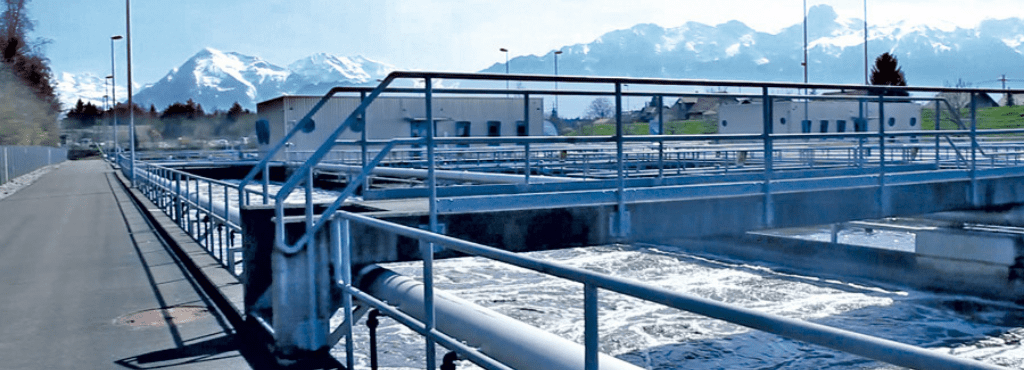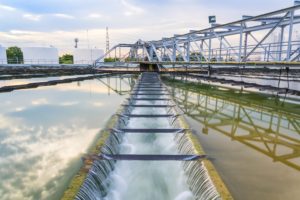You are walking through the old town on a sunny spring day. The sun’s rays tickle your face. You breathe in deeply and can smell the blossoming spring. But suddenly you wrinkle your nose. What is that? Where does the unpleasant smell of rotten eggs suddenly come from?
Around the sewage and canal system, this penetrating stench arises when the hydrogen sulphide concentration is too high. This is not only unpleasant, but also harmful to health. Among other things, hydrogen sulphide can cause severe irritation of the mucous membranes.
But hydrogen sulphide is also harmful to the plant itself and the sewer system. The colourless gas leads to corrosion of metallic components and attacks the concrete. Expensive consequential damage and remedial measures are the result.
Hydrogen sulphide, with the chemical formula H2S, is flammable and highly combustible.
Why is H2S problematic?
The effects of hydrogen sulphide are divided into three areas:
- Danger to health and safety
- Unpleasant odour
- Corrosion in the infrastructure
Health and safety
For plant operators and maintenance personnel, H2Sgas poses a particular hazard. This is because the olfactory receptors are already anaesthetised from a concentration of 100ppm. As a result, the gas is no longer perceptible to humans without aids. Therefore, according to the European standard EN752, people must use a gas detector when they are in the sewerage or sewage system.
The effect of H2S concentration in ambient air (ppm (parts per million) data):
| Impact | H2S concentration in the ambient air in ppm |
| Perception threshold | from 0.0005 |
| Strong smell | from 0.1-1.5 rotten eggs odour |
| Limit value on the part of the occupational health and safety authority | 5-10 depending on country |
| Symptom of poisoning | 30-100 after several hours |
| Dangerous to life | >300 after a few minutes |
| Deadly | >700 deadly after 1-2 breaths |
| Explosion hazard | from approx. 40,000 at 270°C ignition temperature lower explosion limit 4.3 vol. % in air Upper explosion limit 45.5 vol. % in air |
Odour formation
The unpleasant odour, even at the lowest sulphur water concentrations, occurs in the vicinity of sewage plants, pumping stations, sewage treatment plants and meat processing plants. It is disruptive and has a diminishing effect on the quality of life in the surrounding settlements.
According to the European standard EN752, odour leakage must be prevented during the planning and construction of such structures.

Corrosion of the infrastructure
Wastewater turbulence occurs in drainage infrastructure. These are caused by falling or splashing wastewater. This causes hydrogen sulphide to escape from the waste water. Above the water level, a biofilm forms in the pipes, which has a corrosive environment.
By lowering the pH value and oxidising hydrogen sulphide, sulphuric acid H2SO4 is formed via various intermediate products. The sulphuric acid produced attacks concrete, pumping stations and their equipment. Experts observe an erosion of up to 2 cm per year in the concrete infrastructure above the water level in warmer areas. According to a study by the Graz University of Technology, an economic damage of 450 million euros per year is calculated for Germany. To be read in the scientific report of “Science Direct”
Conclusion
Now that we know the dangers of hydrogen sulphide, it is time to solve the problem. H2S monitoring including dosing control is ideal for protecting people and infrastructure from damage. You can find out what this can look like here.
Thanks to the modern solution, you can continue your walk through the old town without the nuisance of smells and the stench of rotten eggs.


